Hair oiling effectively requires understanding your hair's structure and specific needs. The cuticle is the outermost layer of the hair shaft, consisting of overlapping scales. The cuticle protects the inner layers of the hair and maintains its overall health. Hair follicles as the tiny structures in the scalp from which hair grows. The health of follicles directly influences the quality and strength of hair. The hair shaft is composed of the cortex, medulla, and cuticle layers. The condition of the hair shaft determines factors like elasticity and texture. So what does hair oil do? Applying oils can help moisturize and seal the cuticle, preventing dryness and promoting a smoother, shinier appearance. The nutrients present in oils, especially those with vitamin E and antioxidants, can penetrate the scalp, nourishing the follicles and encouraging healthier hair growth. The key factors affecting hair health include-
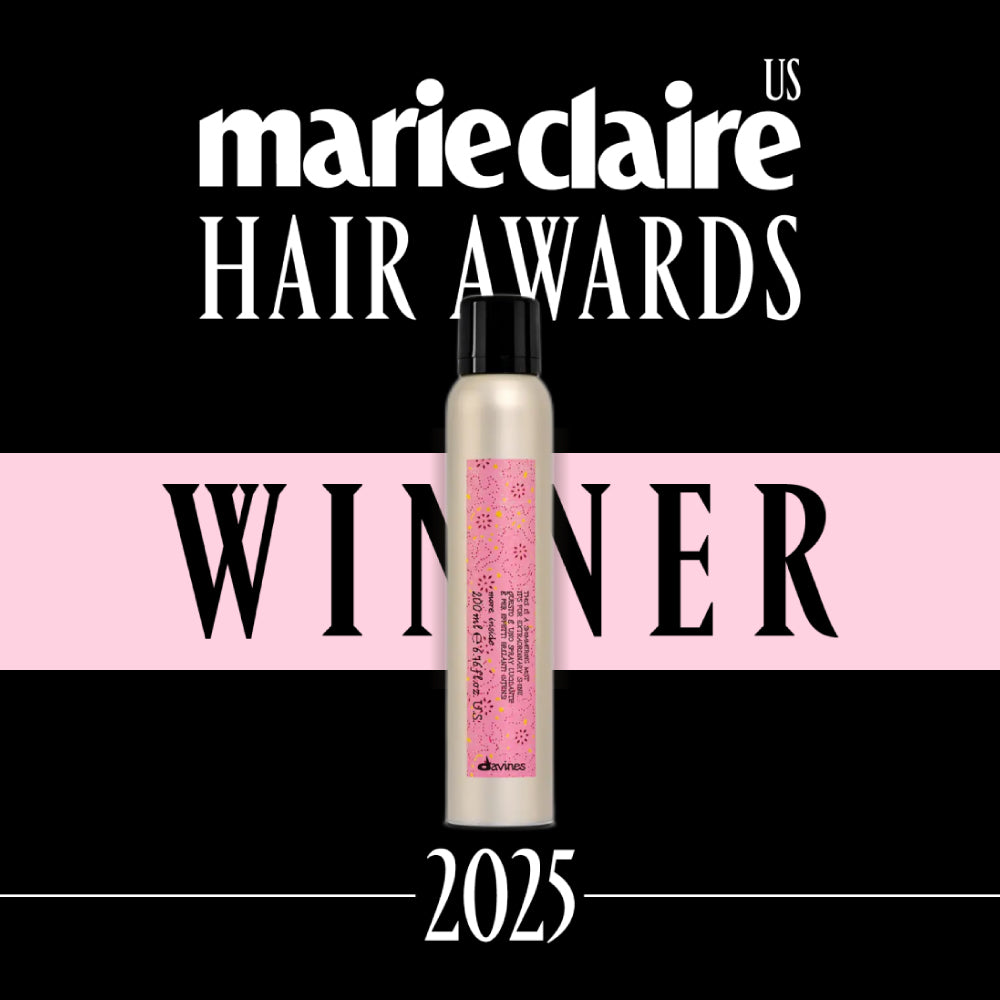


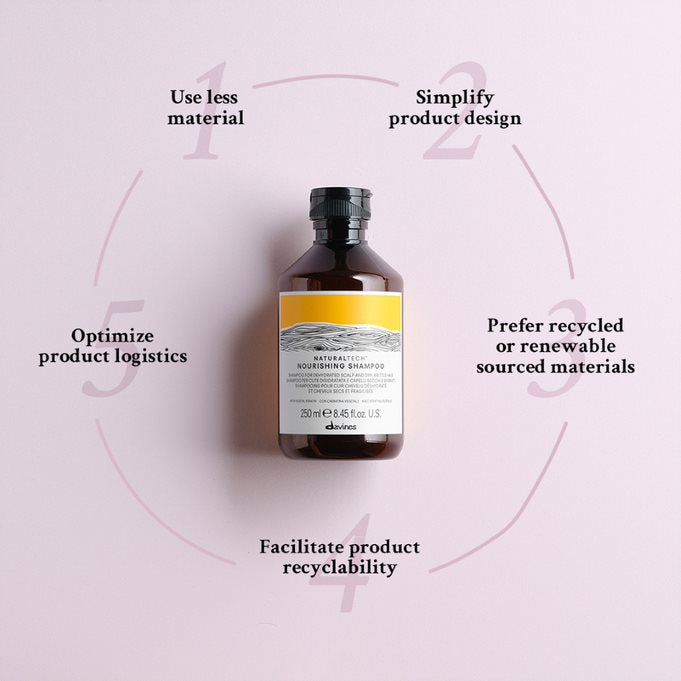
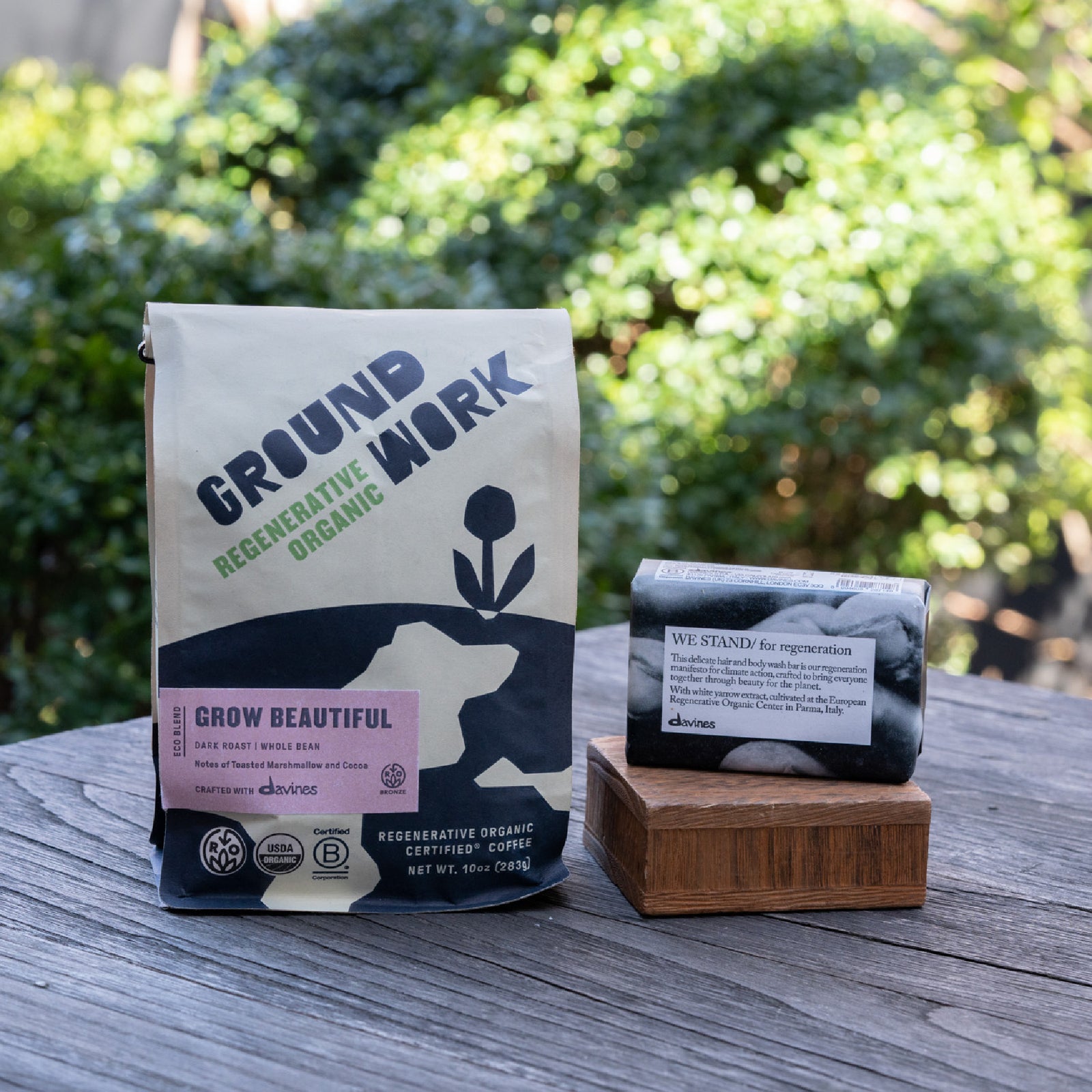
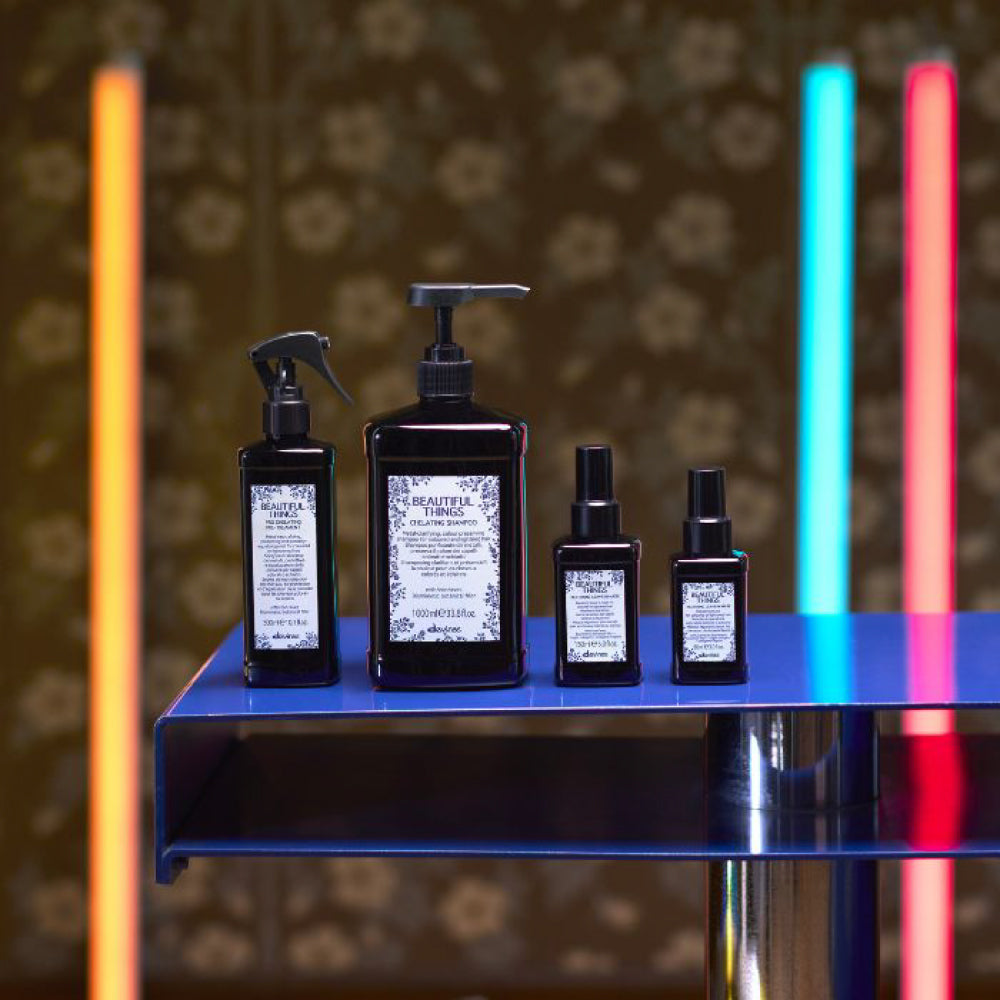

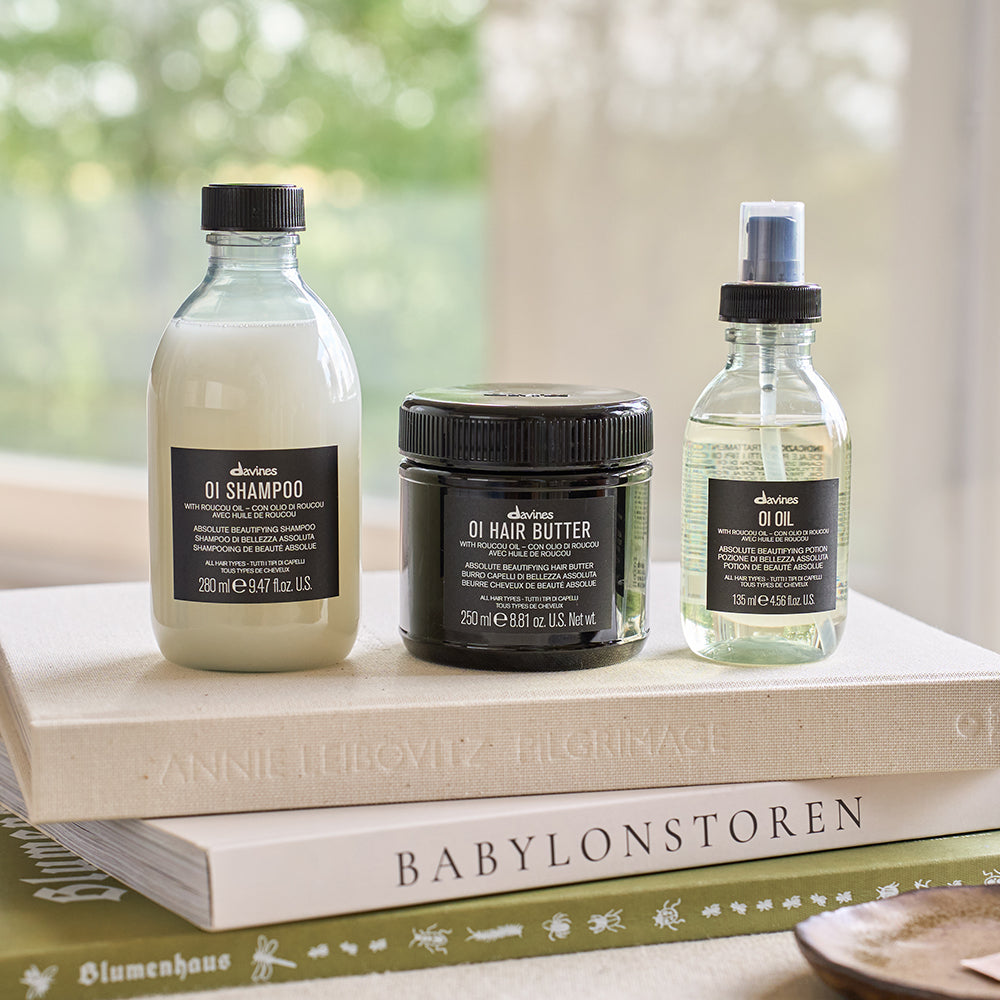
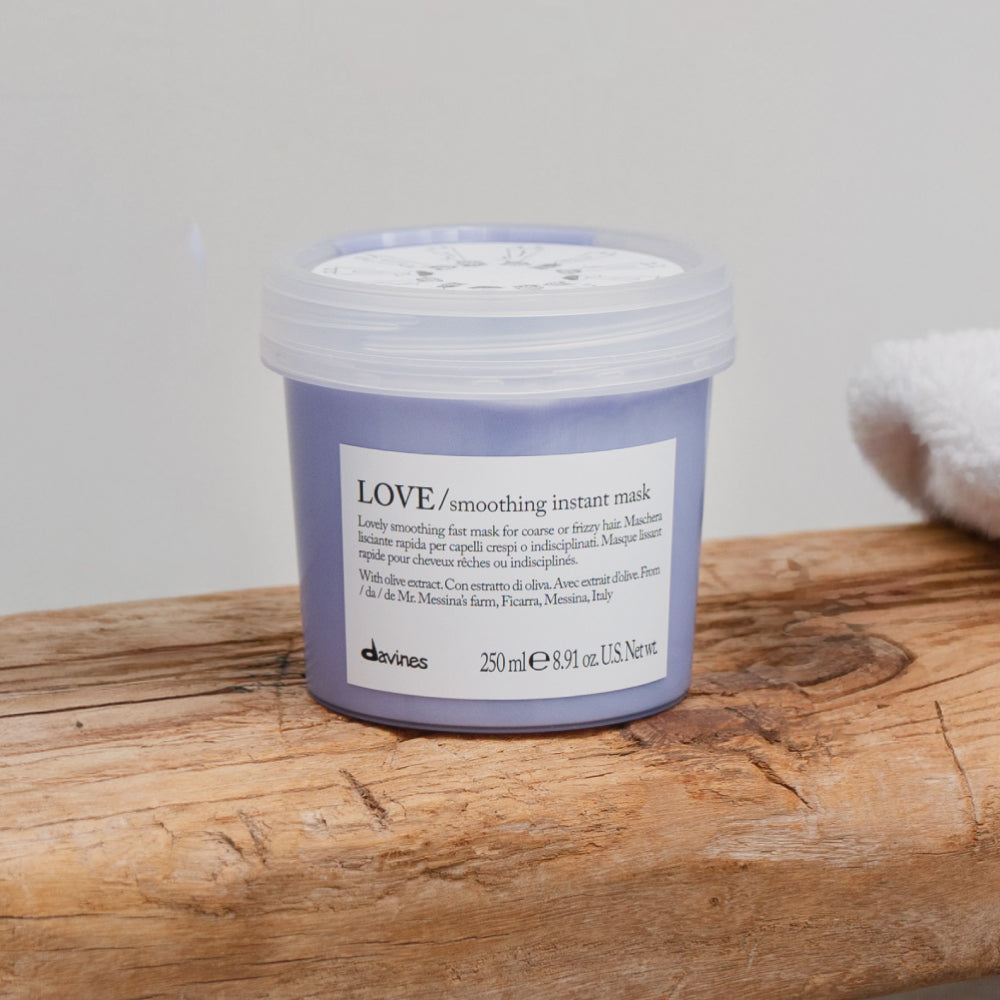




Leave a comment
Comments will be approved before showing up.